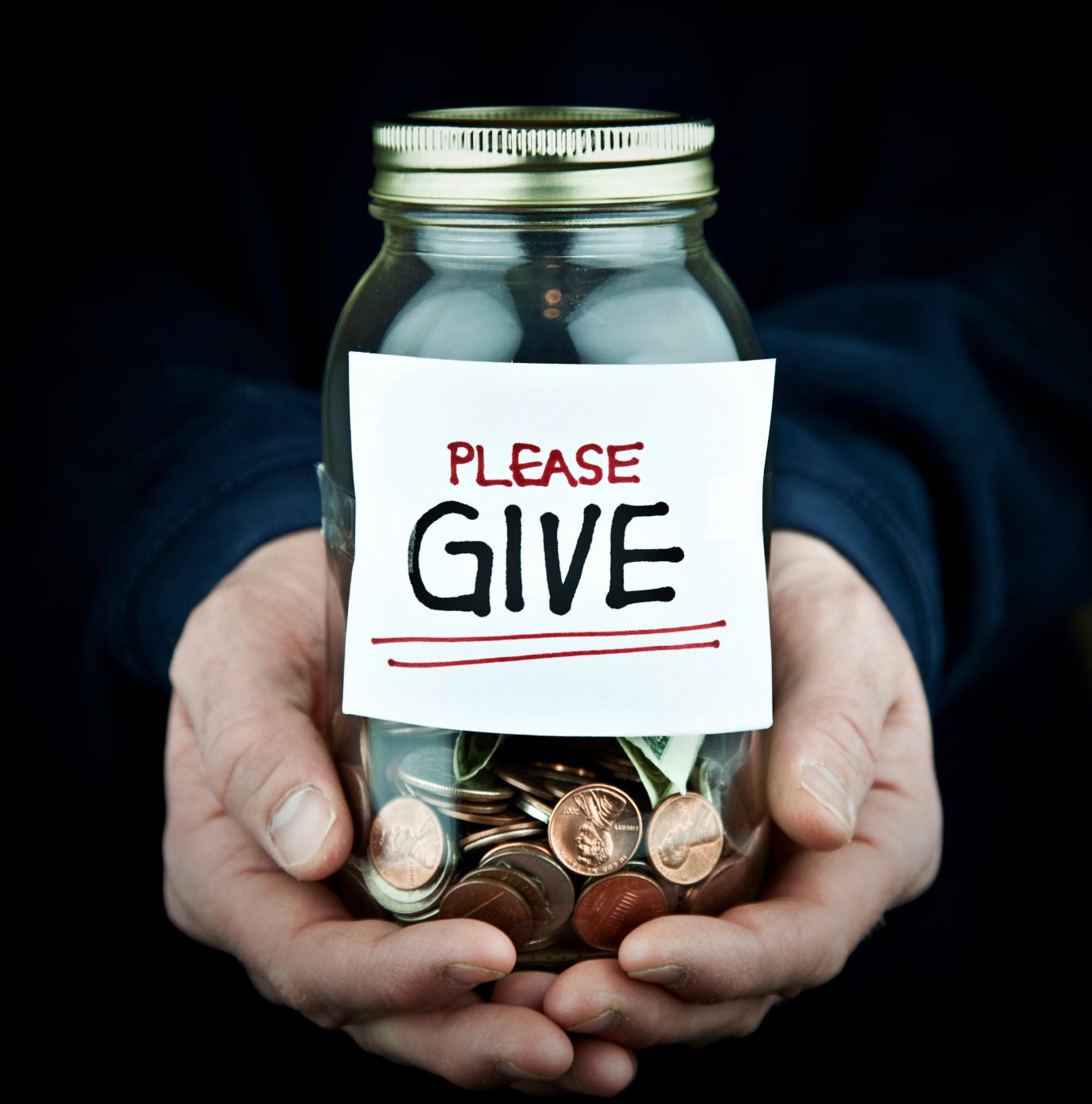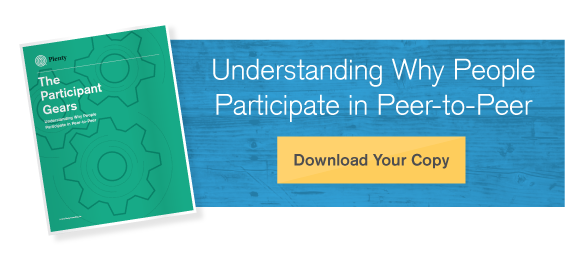The Secret Behind Every Fundraising Success Story
As a fundraiser, I’ve been to my fair share of fundraising parties, often hosted by a board member, donor, or volunteer. While these events can be a fantastic way to connect and meet new potential major donors, I typically find them to be awkward, stiff, and sometimes a little too heavy on the wine.
Recently, I helped host a local fundraising party, not unlike those mentioned above, to benefit an organization very close to my heart: Daraja Academy, a secondary school for girls in Kenya. Daraja’s program is nothing short of transformative; I witnessed it myself during the 7 months I lived on campus as a communications intern after graduating from college.
The night started off like many of these fundraising parties typically do – people arrived, they ate, they drank, and the inevitable small talk ensued. We mulled around nervously in anticipation of the reason we were all there – to ask the room full of potential new donors for support.
As we avoided making the ask, I spent a good amount of time catching up with Jesica and Euphrasia, two alumni from the Academy, who I’d first met in their second year at Daraja. In the years since I’d last seen them they had taken their final exams, applied for schools, and made the decision to move away from everything they knew to attend college in the United States – I was, and am, so incredibly proud of them. Still, I had a sense they were intimidated by the room filled with potential supporters, so we stuck together until the program began.
I imagined the night would continue on in the usual fashion: the hosts would corral guests with a welcome toast, we would all watch a short – albeit inspiring – video, the Daraja founders would stand and explain the program, and finally, the hosts would make the ask. But tonight was different. When the founders began to speak, they invited Jesica and Euphrasia to share their stories, and it was at this moment that the tone of the evening completely changed.
 The energy and passion that the girls brought to the room can’t be fully described in words. They began by recounting the challenges of their pasts and their dreams for the future, all the while explaining and exhibiting the impact that Daraja has had on their lives. Their words were unmistakably authentic, clearly unscripted, and truly inspiring, “I couldn’t be here and speak to you all with this confidence 5 years ago. I am a woman of integrity, strength, and hope because of Daraja,” Euphrasia finished. It was incredible.
The energy and passion that the girls brought to the room can’t be fully described in words. They began by recounting the challenges of their pasts and their dreams for the future, all the while explaining and exhibiting the impact that Daraja has had on their lives. Their words were unmistakably authentic, clearly unscripted, and truly inspiring, “I couldn’t be here and speak to you all with this confidence 5 years ago. I am a woman of integrity, strength, and hope because of Daraja,” Euphrasia finished. It was incredible.
Quickly, the event shifted from a presentation to an engaged discussion. The guests, now visibly excited and engrossed, asked questions of the girls and the founders to gain a deeper understanding of the program. Although the event was scheduled to end at 7:30, most guests stayed until 9 talking with Euphrasia and Jesica, and sharing ideas for how they could stay connected and get others involved.
The success of the event can’t be boiled down solely to the girls’ presence. When I reflect on the evening it becomes clear that the victory was largely due to the understanding of true impact, communicated with exceptional authenticity. More specifically, there were three critical factors at play:
- Authentic Interactions
- Peer-to-Peer Networks
- Tangible Impact
Each of these components played an integral role in connecting the potential donors to the organization. Showcasing impact in real and tangible ways is not always easy, nor is having donors interact with those your organization serves always an option. That being said, authenticity, peer networks, and impact are incredibly important to the success of your organization and should be the backbone of your fundraising strategy. Here is a breakdown of these three pieces and how you can leverage each one.
Authentic InteractionsThe power of authenticity has never been more evident: brands with personality are becoming increasingly more successful than their controlled, rigid counterparts. The reputation of our organizations are no longer rooted in our work, but in the public’s perception of our work – and the public is well trained to detect disingenuous messaging.
The microscope being placed on brands makes the consistency and emotion of your communications increasingly important. Take time to reflect and reconnect with your organization’s mission. Use these personal passions as the foundation of your messaging. As you share your dedication to the cause with your donors, your authenticity will be palpable and help ignite their own personal connections to your mission.
Peer-to-Peer NetworksBroaden your horizons on what peer-to-peer fundraising means. Reject the notion that athletic events are the only ways your organization can reach your supporter networks and embrace the basic understanding of peer-to-peer. Fundraising parties, like Daraja’s recent event, have been in the arsenal of many major donor programs for years, and they have always been peer-to-peer in nature: someone already connected to the organization hosts a gathering centered around the mission, and invites their friends, family, and co-workers to attend and offer their support too. This is peer-to-peer – people asking people.
Maybe you’re not ready to launch a large-scale peer-to-peer event or you just don’t think such programs will fit into your current program portfolio. But if that’s the case, take a fresh look at some of the events and development campaigns you’re already running through a peer-to-peer lens. You may be surprised to find that you are already operating in the peer-to-peer space.
Once you’ve clarified the true nature of your existing programs, create a strategy to activate your biggest supporters and make a plan for how you’ll retain the new people they bring in. Consider the peer-to-peer elements of your annual golf outing, and find ways to connect those corporate sponsor golfers who may know nothing about you, to your mission. Leverage the connections and relationships that your board members have by demystifying the process of fundraising within personal networks.
Now, broaden your understanding of peer-to-peer even further. Are there ways that you can facilitate interactions between your donors and those who benefit from the work your organization does? If your answer is yes, identify the people who have been greatly impacted by their experience with your organization, so much so that they want to shout about it from the rooftops, and then let them.
Tangible ImpactA donor-centric approach to fundraising and an impact-centric approach to fundraising are not mutually exclusive. Reflect on something I know to be true for almost everyone in the nonprofit sector: you wouldn’t be doing the work you do if it weren’t making a difference for those you serve. Knowing that your organization has provided housing to 50 families in your local community is a good first step, but take that next step and think about the table that 50 families in your community can now sit around together to eat, or the address they can now claim as their own and write on their child’s school enrollment form.
Here’s the difference, in Daraja’s case. Guests didn’t leave that event with just a simple understanding that education has been made more accessible to girls in Kenya, they left knowing that Jesica, a quiet but ambitious leader, had no access to secondary school 5 years ago, and now she's studying hospitality in the United States. She wants to transform the tourist industry in her country and give back to her community. Guests left knowing one thing for sure: Daraja not only educates girls, they create change makers.
Now, I know many fundraisers who’d be less than pleased that their personal Friday night plans may be pushed back because their event lasted an hour and a half later than anticipated, but when your guests – who you’d never met before – shake your hand at the door, give you their completed pledge card, and express the excitement and inspiration they are walking away with, it’ll be worth it.
Fundraising success is within reach. Combine the attributes mentioned above with the three participation drivers we cover in our free e-book "The Participant Gears" to create an unstoppable fundraising program. Download a copy for your team now!
Share this
You May Also Like
These Related Stories

Three Reasons You’re In P2P Fundraising – Even If You Don’t Know It

4 Things To Know About DIY Fundraising




No Comments Yet
Let us know what you think